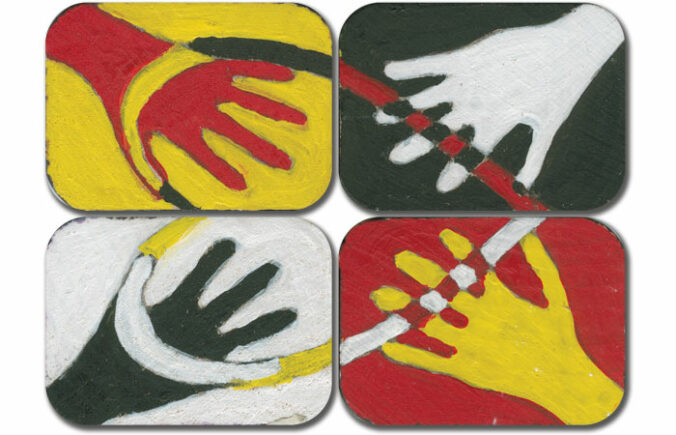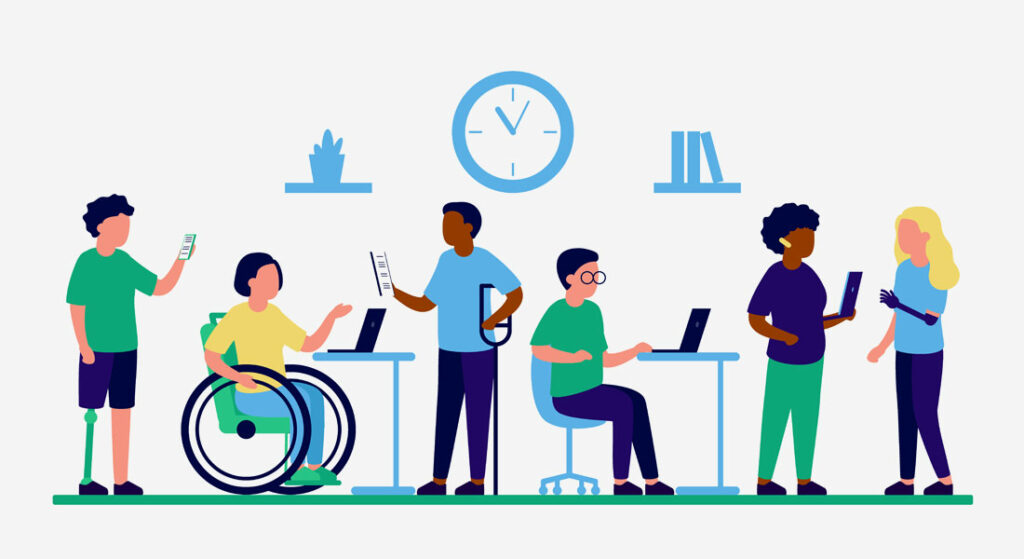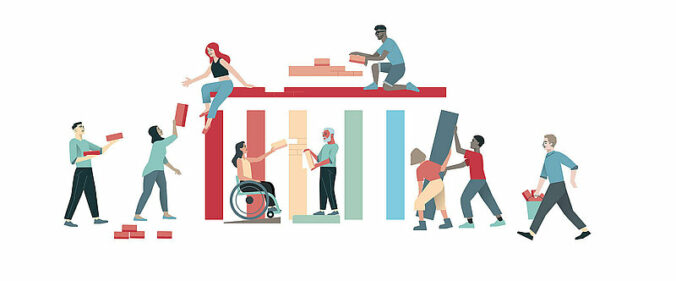- Explore the video provided and reflect on the themes of a PLN in a professional capacity.
- Consider which social media platforms are beneficial in education, and ask yourself how you would add social media teaching to an industry you’re interested in – expand your thoughts in your blog.
- How does social media fit into professionalism and regulations when working with the vulnerable sector? Consider education, healthcare, and messaging to minor children via social media/gaming.
Brad Baker is a member of the Squamish Nation and is currently an Associate Superintendent of Indigenous Education. He grew up in North Vancouver and is very passionate about anti-racism. He oversees Indigenous Land Claim Issues, but in his personal life has a family of his own. Dr. Baker is not only invested in education due to his colleagues, but because of his grandchildren, which he cares about very much. He wants to make society a better place for everyone by sharing information first-hand.
Video Watched in Class with Dr. Baker:
Dr. Baker outlined that building a healthy community is key on social media, especially with the strong opinions and misinformation shared on a daily basis. Bringing understanding and positive, supportive contributions is key when looking at a professional PLN. Challenging each other with healthy/respectful dialogue as well as focusing on our well-being are also things Dr. Baker noted.
Some inspirational/beneficial accounts on Brad Bakers’ social media that he encourages us to learn from include:
Leona Prince– brings a lot of feelings and emotions to her social media
Connie Walker– CBC podcast on missing Indigenous women
Tanya Talaga, and Niigaan Sinclair
Which social media platforms are beneficial in education?
I think that social media is very beneficial for students/teachers/educators to stay connected and learn. Although someone may have lower intellectual abilities in some way, those people still have very insightful ideas and have very differing opinions on topics that we all may learn from. In the context of social media, it is very important to have a diverse PLN, so you can connect and learn from someone you may not have in person. Twitter and blogging (like this) stand out to me as important platforms for education.
How would you add social media teaching to the industry you’re interested in?
Currently, I am a psychology major, and I think it would be beneficial to have a private account with someone to discuss daily activities and potential feelings so a self-report would be more reliable and valid for diagnosis. I also have aspirations to become an Occupational Therapist (OT), and I know many OT’s stay in contact via Twitter. Staying in contact with people alike, I believe, helps personal well-being.
How does social media fit into professionalism and regulations when working with the vulnerable sector?
Social media can be used professionally, be users must be aware, mindful, and understanding of what their patient/other individual wants on social media., and how they want to use social media. Social media can be very beneficial for bringing awareness to topics, but informed consent and/or confidentiality must be understood (hopefully by an individual 18+).
More questions:
Community communications go beyond blogs and social media shares; how does a PLN help and hinder the development of thoughts and ideas in education discourse?
How it helps: Quick communication with colleagues
How it hinders: Social Media can cause distractions (i.e. a message from a friend while you are studying)
How do educators create discourse?
As Dr. Baker said, sharing information first-hand is key for an educator. Making sure a space is open-minded, and understanding is key when starting a dialogue. Also, asking questions and paraphrasing individuals, I believe, is necessary.
What is the role of social media in education?
The role of social media in education is to share ideas/thoughts/scenarios with others to make sure they feel understood and not alone. It is also a place to learn and grow as an individual.
What are some problems with social media communications in education settings?
Privacy and security are the largest issues when using social media. Another issue I see when using social media for education is posting something (i.e on Twitter or in a blog), but you disagree with what you once said, but now it is known by most people, and it seems “too late to Edit”.
My colleague’s blog:
Having a compromised immune system and often wishing more classes were offered online, your blog stood out to me because you mentioned that Camosun and UVIC offer a HyFlex approach. Although this is true, there are very minimal courses like this. I wish more classes at the University would take on this method. Thoughts?


